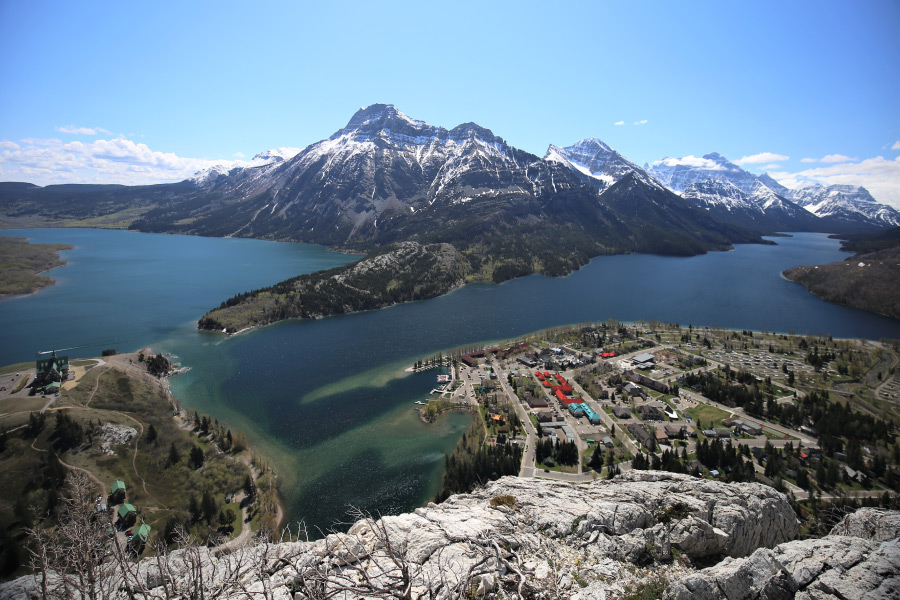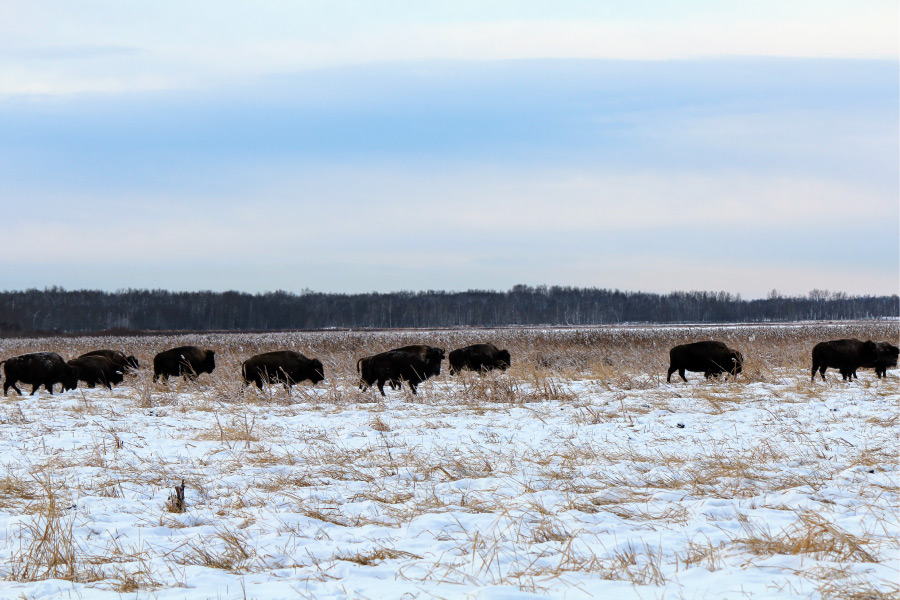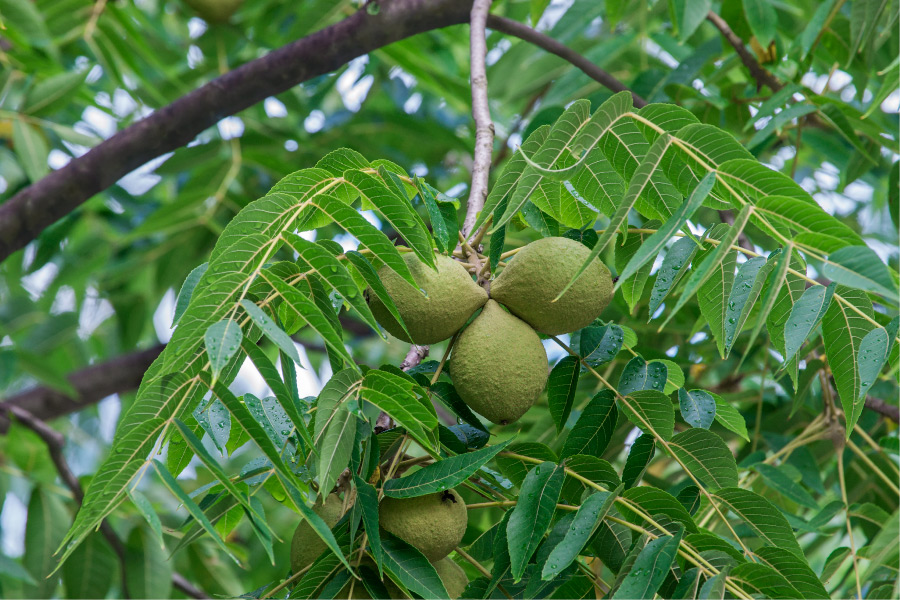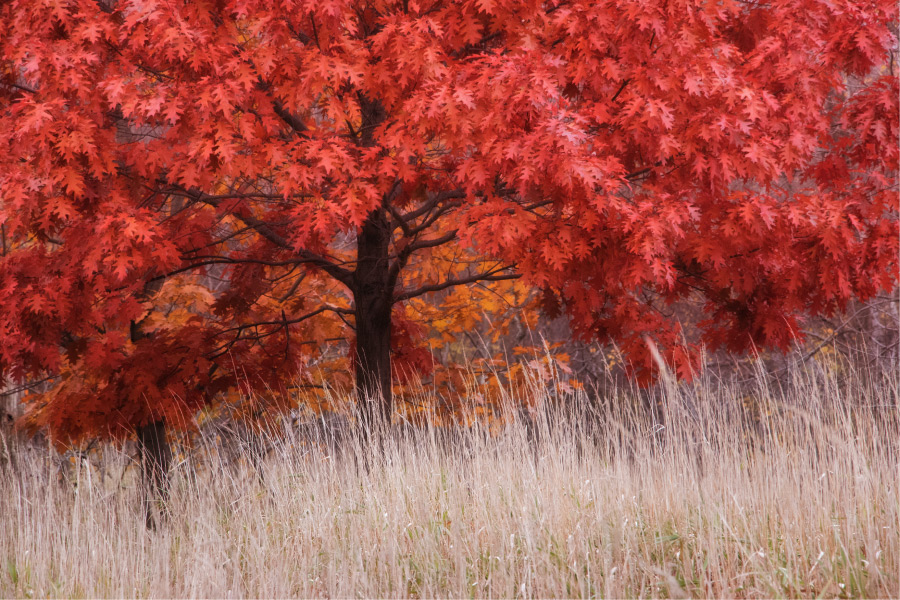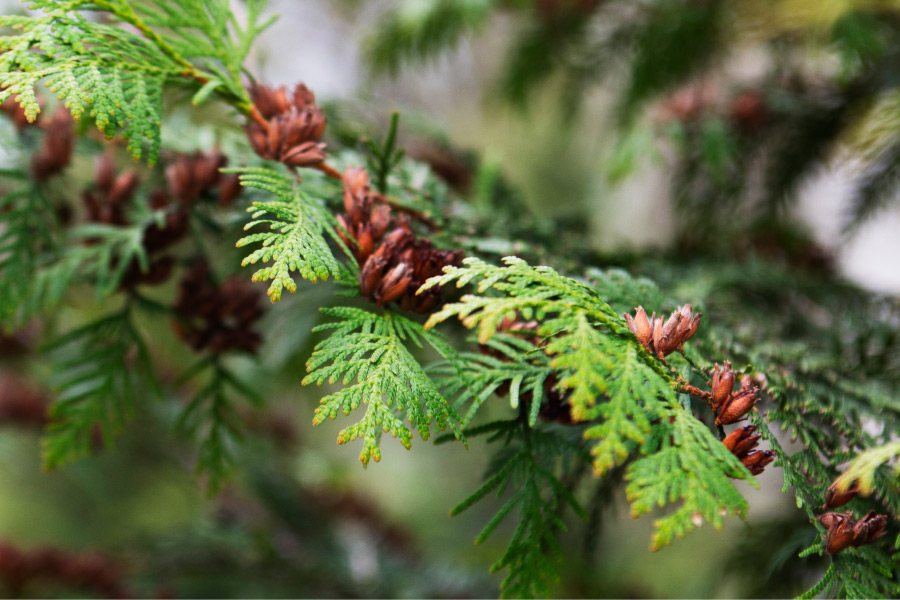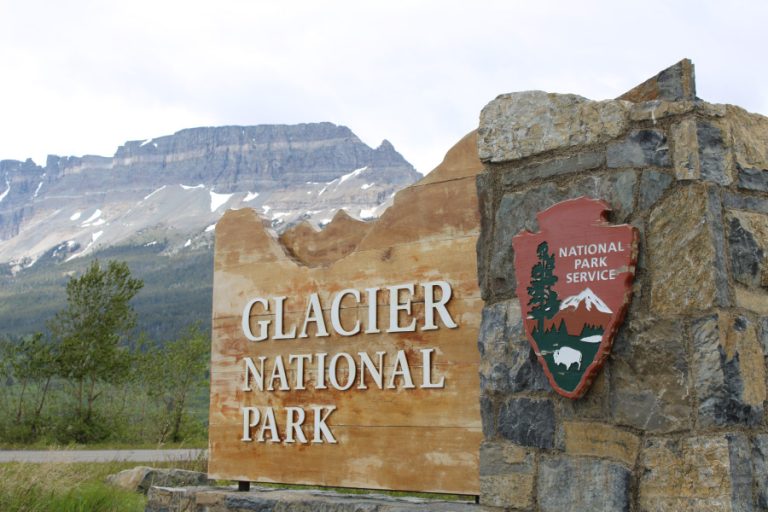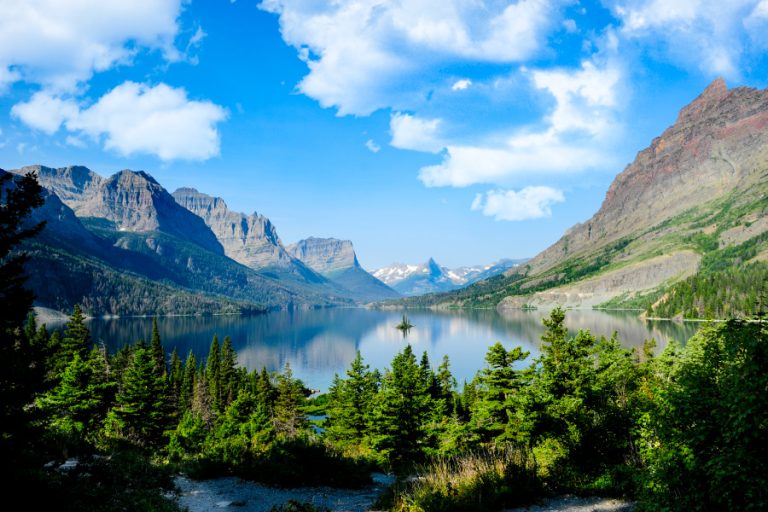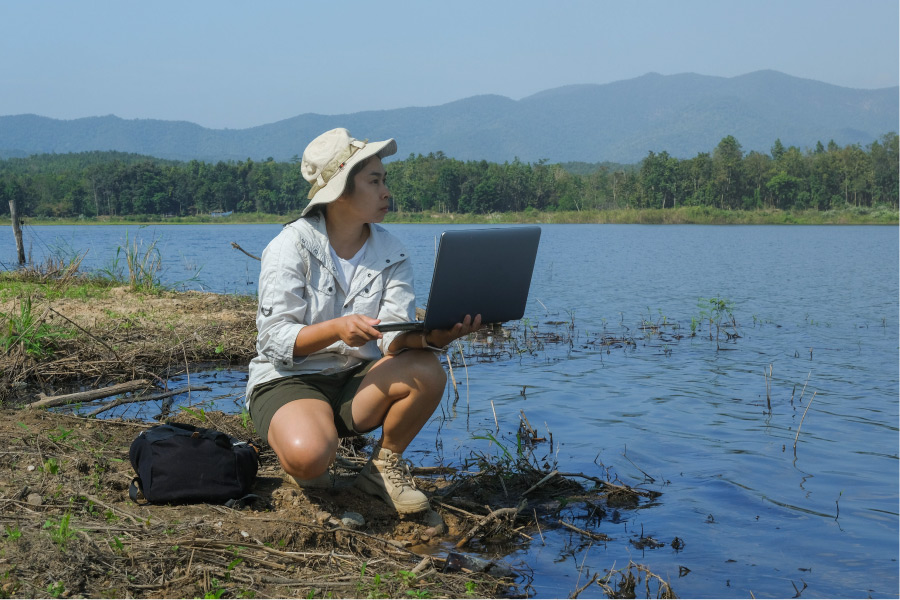
Jasper National Park offers a wide range of recreational activities and adventures to suit all interests and skill levels. Hiking is one of the most popular activities, with over 1,200 kilometers (745 miles) of trails available. Trails range from short, leisurely walks to challenging backcountry treks. Some popular hiking trails include the Valley of the Five Lakes, Mount Edith Cavell Meadows, and the Sulphur Skyline. A comprehensive list of trails and their descriptions can be found on the Parks Canada website (https://www.pc.gc.ca/en/).
Mountain biking is another popular activity in the park, with numerous trails suitable for different skill levels. The park also offers opportunities for water-based activities, such as canoeing, kayaking, and fishing. Maligne Lake, Pyramid Lake, and Patricia Lake are popular spots for canoeing and kayaking, while the Athabasca, Maligne, and Snaring Rivers provide excellent fishing opportunities. Be sure to check park regulations and obtain any necessary permits before engaging in these activities.

Mountain biking is another popular activity in the park, with numerous trails suitable for different skill levels. The park also offers opportunities for water-based activities, such as canoeing, kayaking, and fishing. Maligne Lake, Pyramid Lake, and Patricia Lake are popular spots for canoeing and kayaking, while the Athabasca, Maligne, and Snaring Rivers provide excellent fishing opportunities. Be sure to check park regulations and obtain any necessary permits before engaging in these activities.

